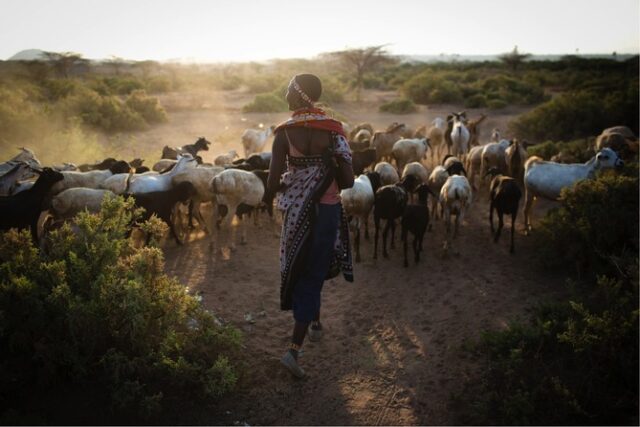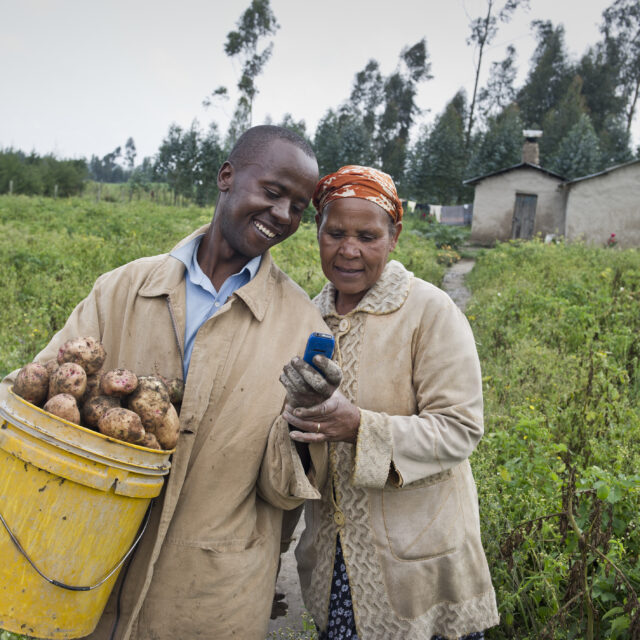ONE’s new report, Poverty is Sexist: Why Girls and Women Must be at the Heart of the Fight to End Extreme Poverty, addresses the fact that girls and women are prevented from reaching their full potential socially, economically and legally – especially in the developing world.
Across every key gender indicator, life is significantly harder for girls and women in the least developed countries compared to those living in other countries. While men in poor countries are also disadvantaged, the gender gap between males and females is even larger in the poorest countries.
This needs to change – and not only because it is a source of endemic, global injustice. Put simply, poverty is sexist, and we won’t end it unless we face up to this fact.
Though this list could go on indefinitely, here are 10 reasons why girls and women are essential to ending extreme poverty:
1. Globally, providing female farmers with the same access to productive resources as male farmers could reduce the number of people hungry by 100-150 million.
2. Reducing differences in the employment rate between men and women by 2017 could generate an additional $1.6 trillion in global output (measured in purchasing power parity).
3. Every year that a girl spends in school can boost her future income by 10–20%.
4. It is estimated that an increase in educational equality can increase income per capita by 23%.
5. Women in sub-Saharan Africa currently spend up to eight hours per day collecting fuel for cooking and heating their homes; access to energy would mean women could spend this time on more income-generating pursuits.
6. The World Bank estimates that every 10% increase in access to broadband is correlated with a 1.38% growth in GDP for developing countries. Closing the gender gap in broadband access could increase the GDP growth, and surveys find that it increases women’s income-earning potential.
7. Increasing key women’s and children’s health interventions by $5 per person per year to 2035 across 74 developing countries could yield a 9 times return on investment in economic and social benefits.
8. In 2013, more than two-thirds of pregnant women living with HIV in low- and middle-income countries received treatment to prevent transmission of the virus to their babies. Fast-tracking efforts to improve this ratio could see the world eliminate mother-to-child transmission of HIV, hence saving millions of lives, and returning $15 for every $1 invested.
9. If all women could access the care, commodities and services recommended by the World Health Organization (WHO), maternal deaths would drop by 67%, and newborn deaths would fall by 77%.
10. Equalizing access for girls’ basic education and ensuring that all students in low-income countries leave school with basic reading skills could cut global extreme poverty by as much as 12%.
Poverty is sexist. You can change this. Sign our petition and demand a more equal world for girls and women everywhere.




